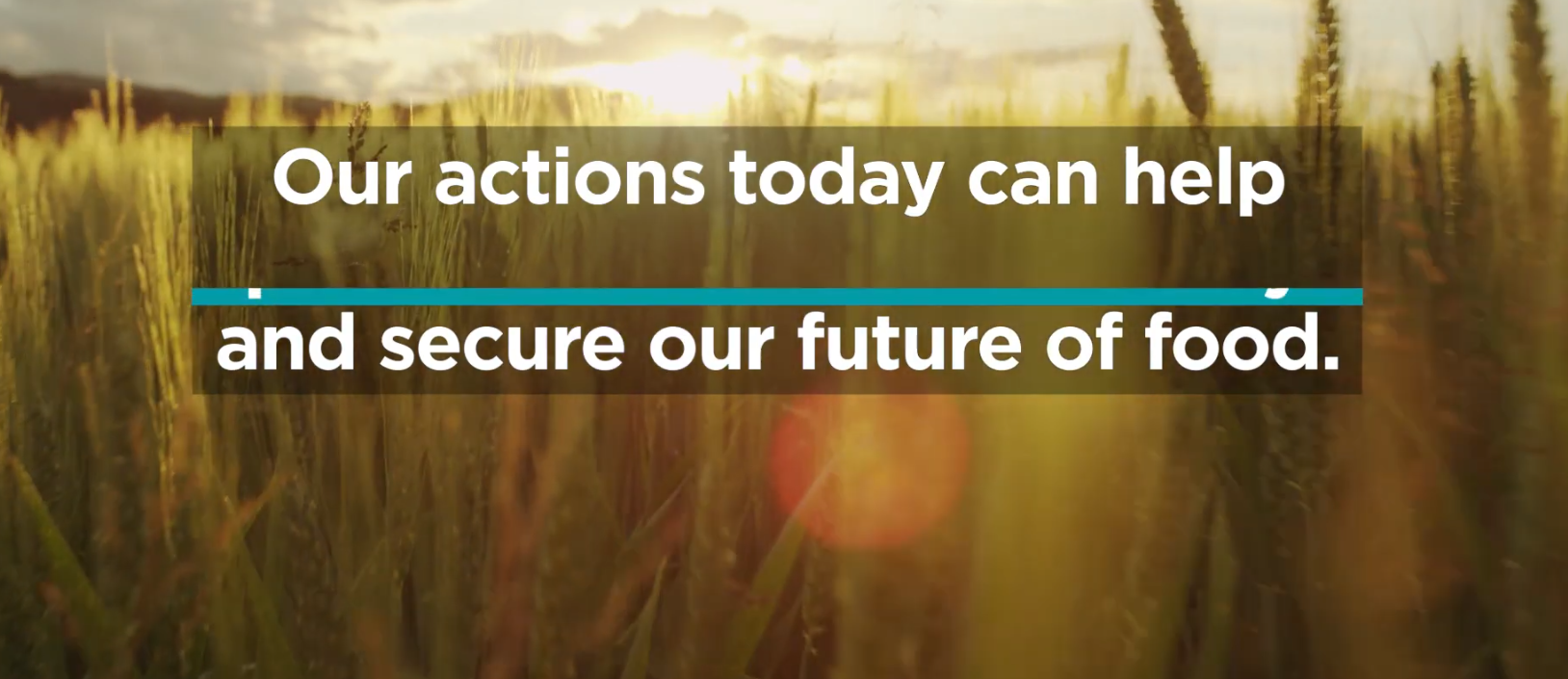
22 February 2019
Climate Change
With the biodiversity of plants cultivated for food shrinking, the global population’s health, livelihoods and environment are under severe threat. This warning from the Food and Agriculture Organization (FAO) comes as the UN agency releases a new report – the first of its kind – on the state of the world’s biodiversity in food and agriculture.
The study, released on Friday, delivers a stark message: that there is a real risk of the plant and animal species that provide our food, fuel and fibre (as well as the many animals, insects and micro-organisms that make up crucial parts of the food chain) disappearing for good.
The FAO received a large amount of information from 91 countries, provided specifically for the report, and the analysis of the latest global data to compile the report, which was prepared under the guidance of the Commission on Genetic Resources for Food and Agriculture, the only permanent intergovernmental body that specifically addresses biological diversity for food and agriculture.
Plants and livestock under threat
While 6,000 plant species are cultivated for food, just nine of them account for two-thirds of all crop production. When it comes to livestock, around a quarter of breeds are at risk of extinction: just a handful provide the vast majority of meat, milk and eggs. And more than half of fish stocks are at risk of extinction.
Wild food species are also rapidly disappearing, with just under a quarter of known wild food species are decreasing. However, the true proportion is believed to be much higher as more than half of reported wild food species is unknown. In addition, species that contribute to the food ecosystem, such as pollinators, soil organisms and natural enemies of pests, are under sever threat. Examples include bees, butterflies, bats and birds.
FAO chief José Graziano da Silva, quoted in a statement published on Friday, described biodiversity as “critical” for safeguarding global food security, and called for food to be produced in a way that doesn’t harm the environment: “Less biodiversity means that plants and animals are more vulnerable to pests and diseases. Compounded by our reliance on fewer and fewer species to feed ourselves, the increasing loss of biodiversity for food and agriculture puts food security and nutrition at risk.”
Main reasons for shrinking food and agriculture biodiversity
Human intervention is overwhelmingly at fault, says the report. Examples include the way land water are used and managed; pollution; overexploitation and overharvesting; climate change; and population growth and urbanization.
No regions are exempt from biodiversity threats, although the main driving forces differ depending on the region. For example, in Africa a key problem is overexploitation, hunting in poaching; in Europe and Central Asia, deforestation and intensified agriculture are cited; and in Latin America there is concern over pest, diseases and invasive species.
Reversing the trend
The majority of the countries that provided data for the report show an interest in an agriculture-related practice that supports biodiversity, such as organic farming, sustainable soil management and ecosystem restoration.
Most of the countries have also put policies in place for the sustainable use and conservation of biodiversity.
However, the legislation and institutional frameworks are often inadequate or insufficient, and the FAO is calling for much more effective action on a global scale. These include the promotion of pro-biodiversity initiatives, greater efforts to improve the state of knowledge surrounding biodiversity for food and agriculture, and better collaboration among policy-makers, food producers, consumers, the private sector and civil society.
Simple ways for consumers to make a difference include opting for sustainably grown products, buying from farmers’ markets or boycotting foods that are unsustainably produced.
